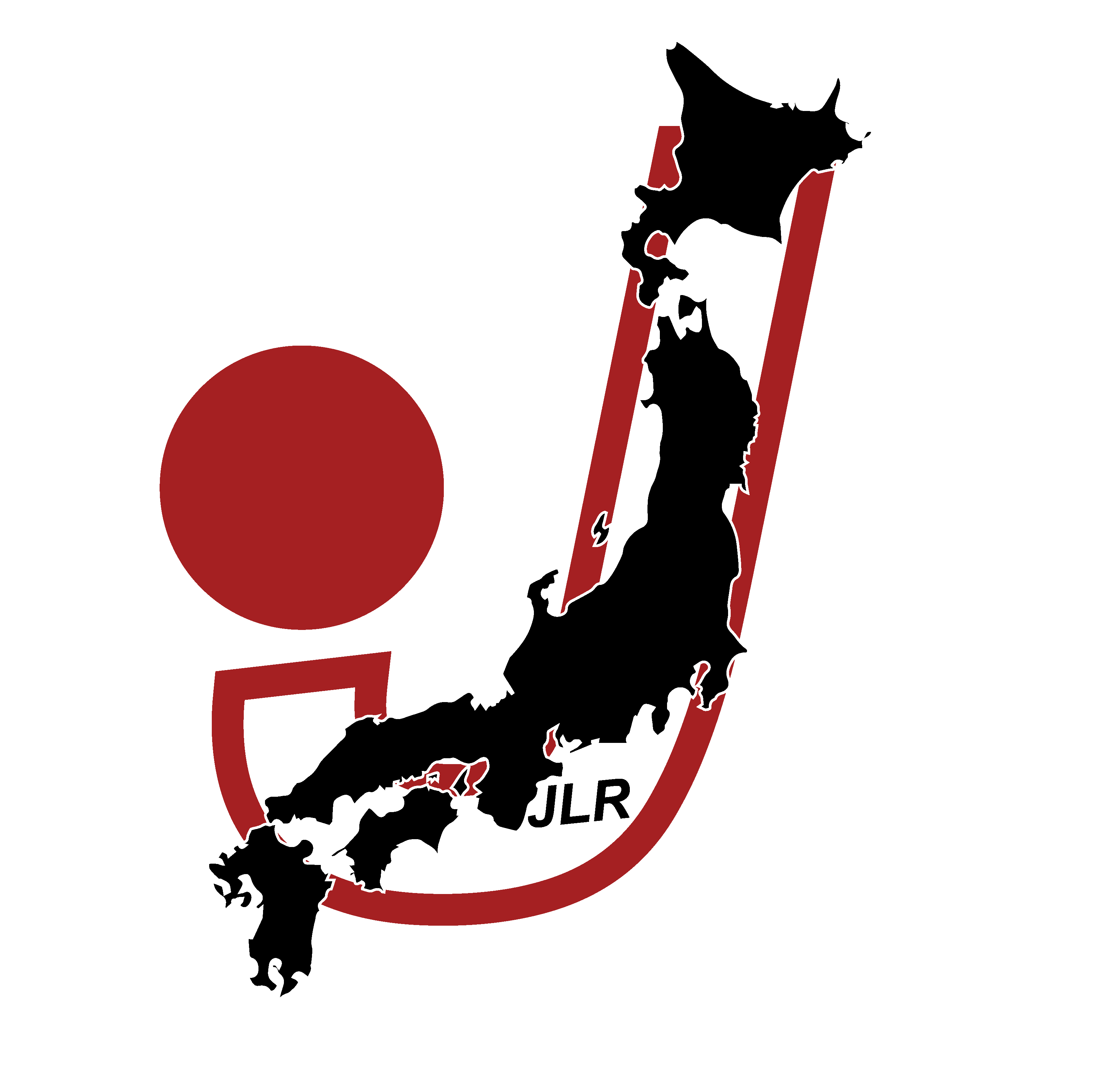There’s something going on this season. 2022 J2 League is providing way more talent than ever before, but most of all… all the pieces who stayed in their own teams are actually improving their individual performances. It’s the case of Kaito Taniguchi with Albirex Niigata or Ryoga Sato with Tokyo Verdy. But it’s also the case of a fantastic midfielder, with Iniesta-esque pace and a wonderful shooting range.
Last year, when that no. 41 stepped into the starting eleven of Ventforet Kofu, many thought it could have been fluke. Was just Akira Ito’s masterpiece making him an absolute revelation? It happened for other players before, who then left Kofu for other ventures. When the head coach though signed for Júbilo Iwata, we thought Kofu were going to have a drop in the table.
Not only this is still debatable – Ventforet are floating around the table, still searching for a real pace –, but the protagonist of this story has taken up his performance another notch. Motoki Hasegawa is actually now the captain of the club, the deputy for the historical Hideomi Yamamoto. With great power, come great responsibilities. And Hasegawa isn’t letting anyone down.
Five goals in nine J2 games, with the flare of who is clearly out of place. In his real sophomore year, the no. 41 is showing fans how the J2 seems an easy challenge for him, right when things could get tougher. Sky’s the limit?

Lost in transition
It’s incredible how Hasegawa could have been somewhere else. Born in 1998 in the Saitama Prefecture, the young Motoki found his home in a local team. Omiya Ardija had the chance of nurturing this talent via their youth sector but lost sight of him right when it was time to attend a university. Hasegawa opted to go through with his career in such an environment, picking one of the most prestigious in the country.
Hasegawa joined the Hosei University, where he stayed for four years. In his third season, Hosei University actually had a promising run within the Emperor’s Cup: in the 2019 edition, the kids knocked out Briobecca Urayasu, Tokyo Verdy and most of all Gamba Osaka, before ending their run in the Round of 16 (Kazuya Konno, Yuya Takagi and Toshiki Mori played for that team). Funny how though Hasegawa’s destiny was waiting for him.
In fact, Hosei University were knocked out of the competition by Ventforet Kofu. The J2 team had the better of those kids by 2-1, but only after extra time. After playing 10 minutes against Gamba Osaka, Hasegawa featured for more than an hour. Almost one year later, Hasegawa and Hosei teammate, Masahiro Sekiguchi, were both signed by Kofu for the 2021 season.
That no. 41
Hasegawa signed for Kofu and featured already for a couple of games of the 2020 season, playing for a few minutes against Mito HollyHock and FC Ryukyu throughout the Summer. Nevertheless, in Akira Ito’s mind, 2021 was supposed to be his great debut gala. When Kofu lost both Dudu and Shunsuke Ota through the Winter, Ito didn’t shy from fielding Hasegawa – a rookie – as his starting “no. 10”.
And it worked. Just like for other players that he either launched – Junma Miyazaki, Yoshiki Torikai – or rebooted (Jin Izumisawa was the MVP until he got injured), Ito believed in Hasegawa and his gameplan put the young midfielder in the best position of expressing himself. And when Izumisawa got injured, Hasegawa stepped up to take his place technically and spiritually in the team (he was the J2 MVP for Nov.-Dec.).
This brought the whole team to improve. Wingbacks benefitted from Hasegawa’s centrality in the project, both Willian Lira and Kazushi Mitsuhira found the net. It was a prosperous season for Ventforet, who ended third on the table and being the only squad to never lose neither Júbilo Iwata nor Kyoto Sanga throughout the whole season (three draws and a nice home win against Sanga).
Captain, but for how much?
What about the life after Akira Ito? Tough to tell. Who’s writing this piece is strongly convinced that Tatsuma Yoshida isn’t the right man for the job (his previous experiences at Reysol and Albirex should have been a red flag). In fact, Kofu are lingering near the relegation zone. They shouldn’t be in the run for a top half-table finish, but not even risking of getting relegated.
Despite an away win at Omiya gave some breathing space, the road to being presentable is long. Not for Hasegawa, though, who’s actually playing better than last year: five goals in nine games, but mostly the feeling he’s capable of doing virtually everything on the pitch. And since Ryohei Arai has been unavailable and club legend Yamamoto is confined to the bench, Hasegawa has been also the captain in the last games.
Any team from a medium European league – whether we’re talking about Portugal, Netherlands, or even Greece – would be lucky to snatch such a profile from J2. The growth of Hasegawa isn’t just inevitable: it’s a “steal of the draft” ready to happen. Whether it’s going to be noticed by a Japanese club or someone in the Old Continent, it’s just a matter of time. Or at least, it should be.


2 thoughts on “Bis, bis, bis!”